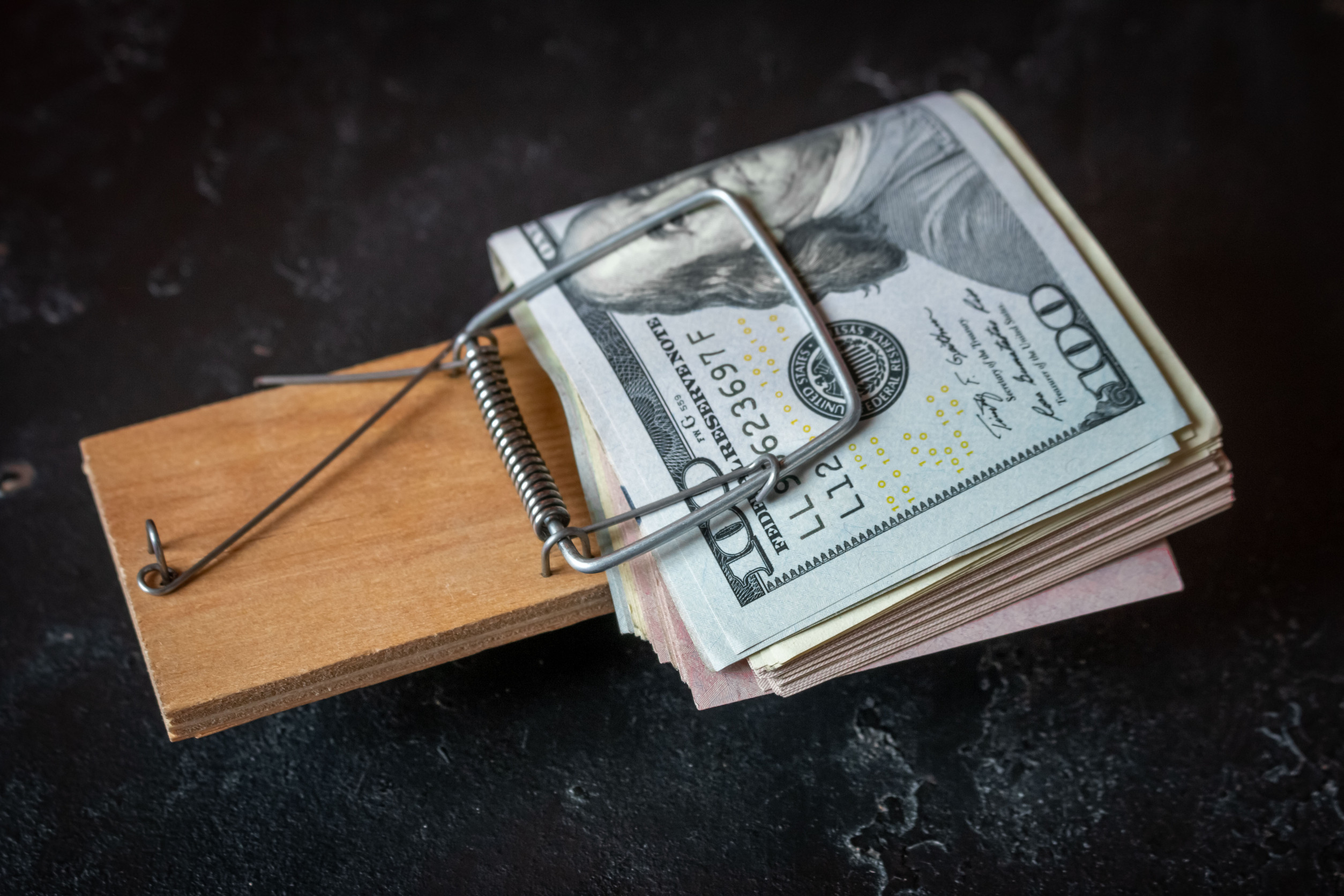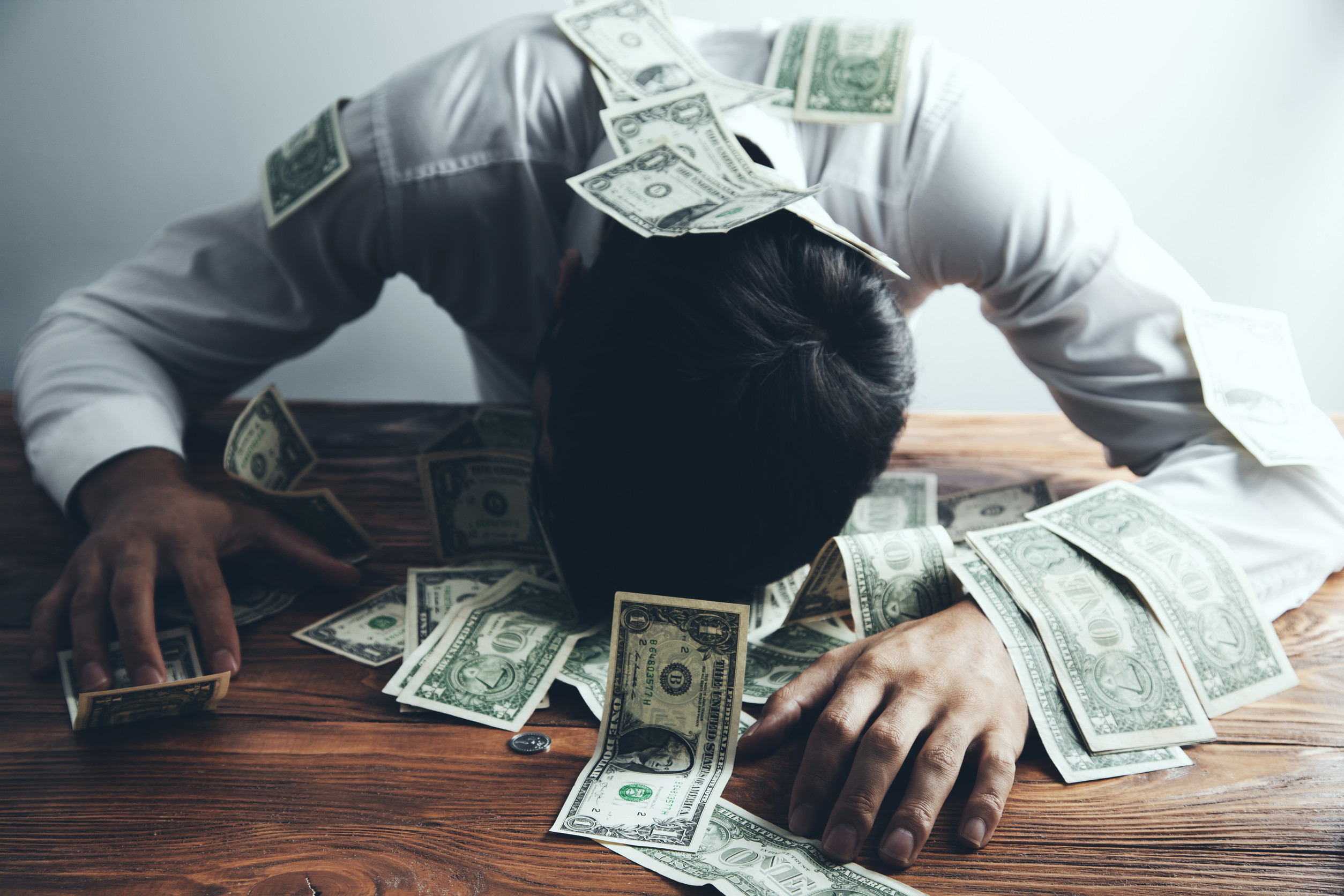There’s a seductive idea that keeps circulating in professional practice circles: the home run exit.
It shows up everywhere—from people banking on a massive payday when they sell their business at a sky-high multiple, to investors chasing the next big speculative bet promising exponential returns. Maybe it’s crypto. Maybe it’s tech. Maybe it’s the “hot” real estate market.
We all want to win, and that desire often pushes us toward speculation. We spin the wheel one more time. We chase one more trend. We buy into the big promises.
But here’s the reality—very few actually hit that home run. And even fewer sustain the wealth when they do.
The Game Has Changed
We’re not just in a typical market cycle shift. We are living through a secular cycle change—the kind of long-term shift that most people alive today haven’t experienced.
From 1980 to about 2021, we benefited from decades of declining interest rates, easy credit, and debt-fueled economic growth. It was a period of immense tailwinds. But that era is over.
Here’s what the data paints:
- – U.S. federal debt is now over $37 trillion, and debt held by the public is about $30 trillion.
- – In fiscal year 2025, debt servicing costs are projected to exceed $1.3 trillion, up from $776 billion in the first eight months of the year.
- – Over 20% of U.S. government debt must be refinanced in 2025, and 80% is maturing within 10 years.
- – The debt-to-GDP ratio is expected to rise from ~99% in 2024 to 116% by 2034
- – The federal deficit for FY 2025 is already running at about $1.6 trillion.
These numbers aren’t just abstractions. They reflect an increasingly fragile financial foundation. When the rules of leverage and growth change, the risk of placing all your hopes on one risky bet balloons.
If you want a deeper dive into this concept, I recommend The Fourth Turning by Neil Howe. It will reshape how you think about where we are in the arc of history.
Now, sovereign debt is exploding. Fiscal policy is strained. The monetary system is no longer sustainable in its current form.
And that means betting on yesterday’s playbook is not only outdated—it’s dangerous.
Prudence Over Promises
Yes, some people will still strike gold. But the odds? They’re stacked.
This is the time to shift from chasing returns to building sustainability.
- Take your gains off the table. Don’t let greed cloud your judgment.
- Stop spinning the dial. One more roll of the dice won’t magically fix what’s broken.
- Start being prudent—with your capital, your lifestyle, your time.
We’ve entered a period that demands clarity, discipline, and a strong personal investment philosophy. It’s no longer about hitting it big. It’s about lasting long.
Lifestyle Design, Not Retirement
I don’t believe in retirement. Not in the traditional sense.
But that doesn’t mean we keep grinding the way we did in our 30s and 40s. The goal is to shift from earned income to replacement income—income that supports your lifestyle without sacrificing your purpose, your health, or your relationships.
What’s the point of creating wealth if you’re constantly stuck in the same cycle of activity that built it?
Work is good. Discipline is good. But not at the expense of everything else that matters.
The Old Plan No Longer Works
There was a time when you could just hand over your financial future to Wall Street, to a 401(k), to a planner who said “just trust the model.”
That time has passed.
Blindly abdicating your financial life will leave you frustrated and vulnerable in the years ahead. The models are broken. The assumptions outdated.
Now is the time to be more intentional, more proactive, more discerning.
Final Thought: Build Your Own Blueprint
This isn’t financial advice. It’s a wake-up call.
Be more intentional about how you live your life, where you invest your time and money, and who you trust with your future. The big exit might never come—and even if it does, it may not save you from a poorly constructed plan.
[Related Article: The Retirement Playbook is Dead—Here’s What Replaces It]
Design your life around freedom. Replace speculation with sustainability. Build a blueprint that actually works—one based on reality, not hype.Because in today’s world, the best investment you can make is in clarity.




